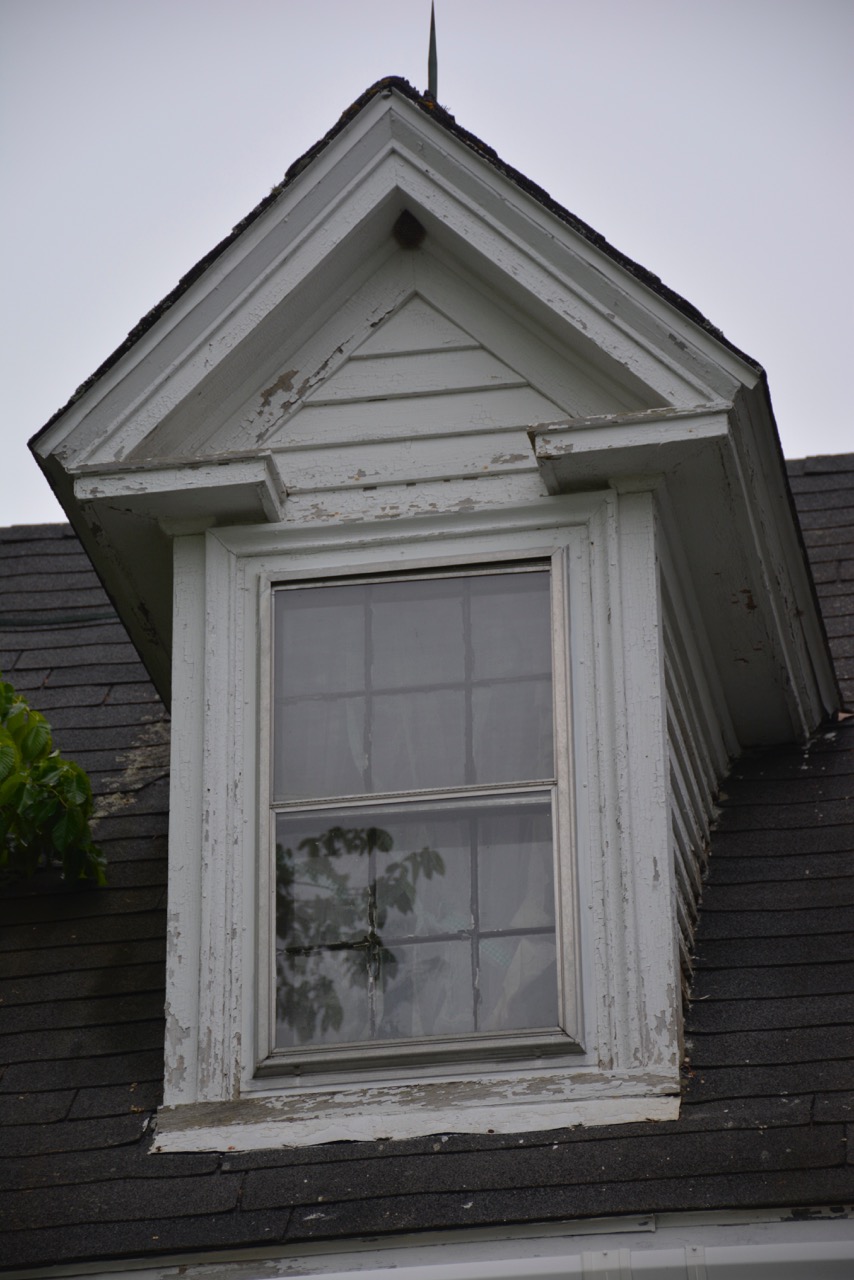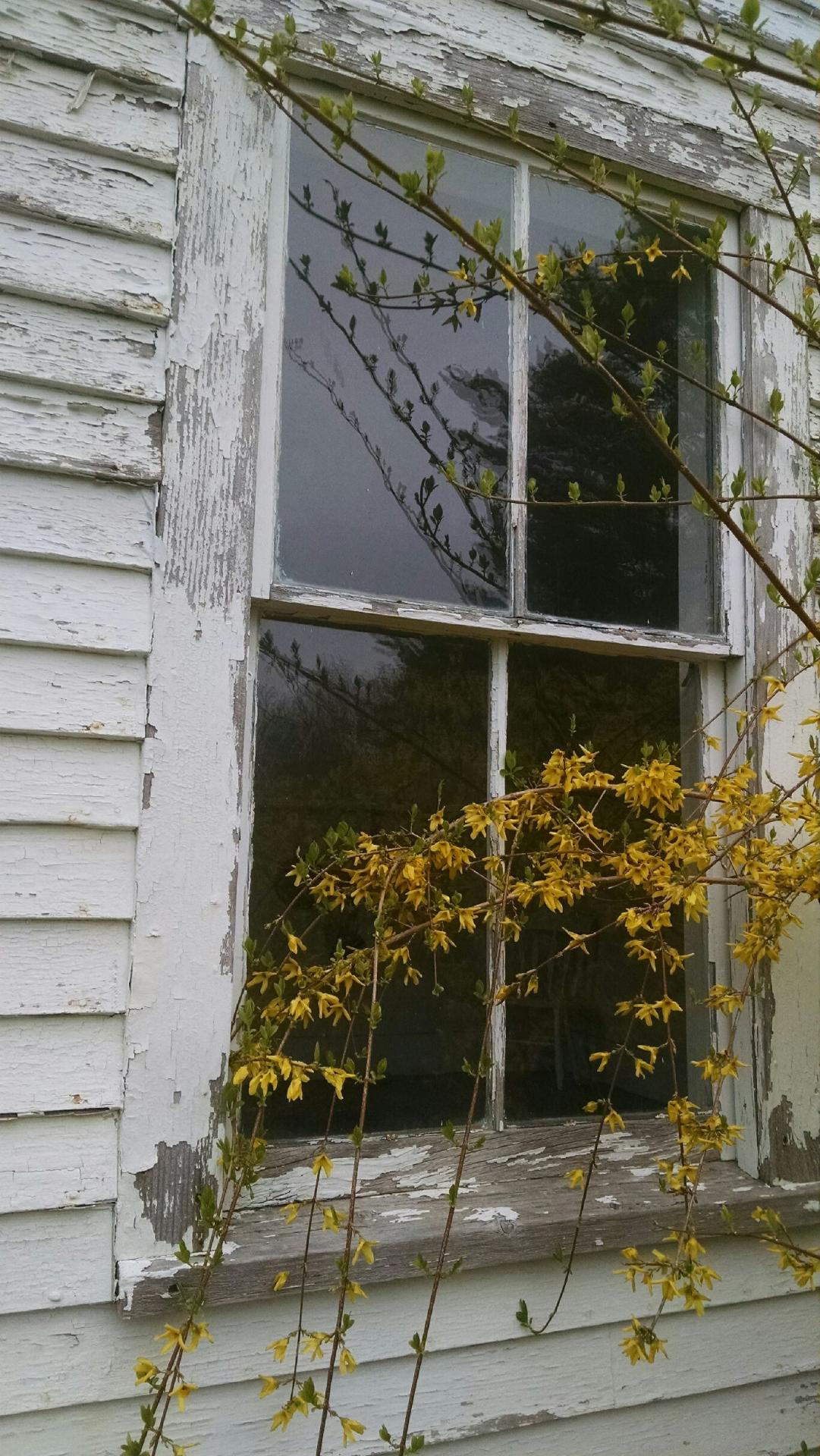
The Story
There are 1,700 conservation land trusts in the United States, 100 here in Maine alone. They not only offer flexibility to landowners, but provide protection in perpetuity for sensitive natural areas, farmland and water sources. Economic and health benefits abound, providing community access to outdoor recreation and enhancing the overall quality of life, which in turn increases property values and attracts businesses. There are myriad ways in which land conservation groups operate and use strategies to provide protection and they can include purchase of a conservation easement to limit development or outright purchase to protect land. Nonprofit land trusts rely on grants, private donations and public land acquisition programs to cover costs.
The Threat
Conservation and preservation often have overlapping goals that can work together. While conservationists generally work for the protection of natural resources, preservationists work to protect buildings, objects and landscapes. But this difference in focus can result in the preservation of historic structures on conservation land being incidental. There are several recent instances of property being acquired by land trusts without provisions that allow for the preservation of historic structures on site or their separate purchase by an owner sympathetic to both interests. The result is the loss of viable historic structures that could contribute economically to the community, and the loss of historic and cultural resources integral to telling the story of the landscape.
The Solution
Historic preservation and land conservation are not mutually exclusive, and collaboration provides context – buildings and landscapes are more meaningful when preserved together. Additionally, our historic buildings are important economic assets and are central to providing crucial affordable rural housing units. Maine Preservation has had the opportunity to successfully partner with the Georges River Land Trust to sell for rehabilitation a vacant historic house and 5 acres in South Thomaston which is surrounded by their 200-acre conservation acquisition, while securing an option on an additional 28-acre parcel across the road that they were later able to acquire. If selling the property for private use is not viable, other states have developed models that involve both farmers and rehabilitators in residence. Developing strong relationships between the preservation and conservation communities will provide the benefit of expansive expertise that will allow for a strong economic future for both Maine’s natural and built heritage.


